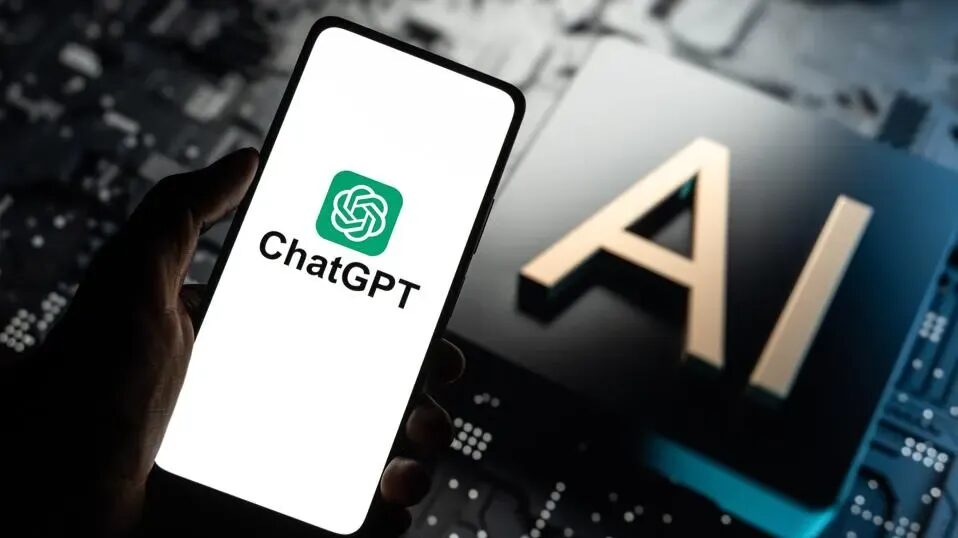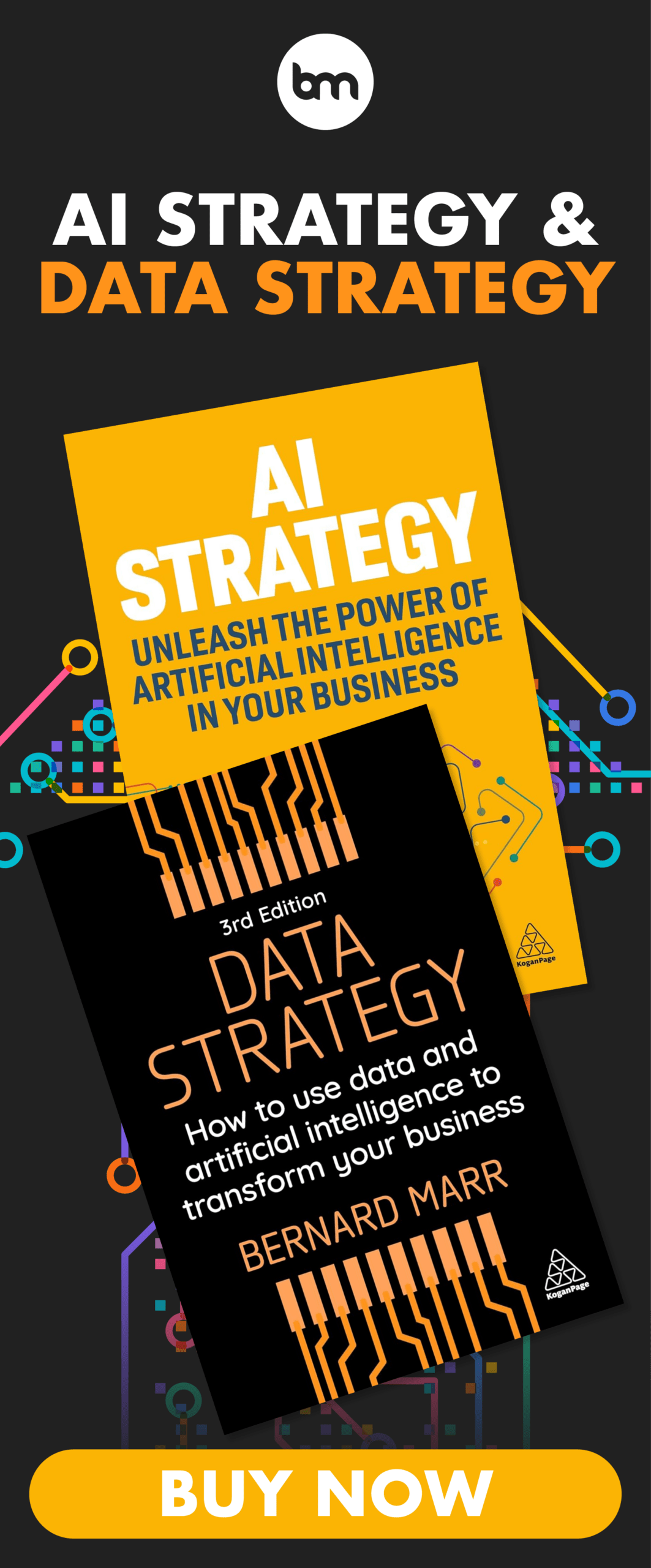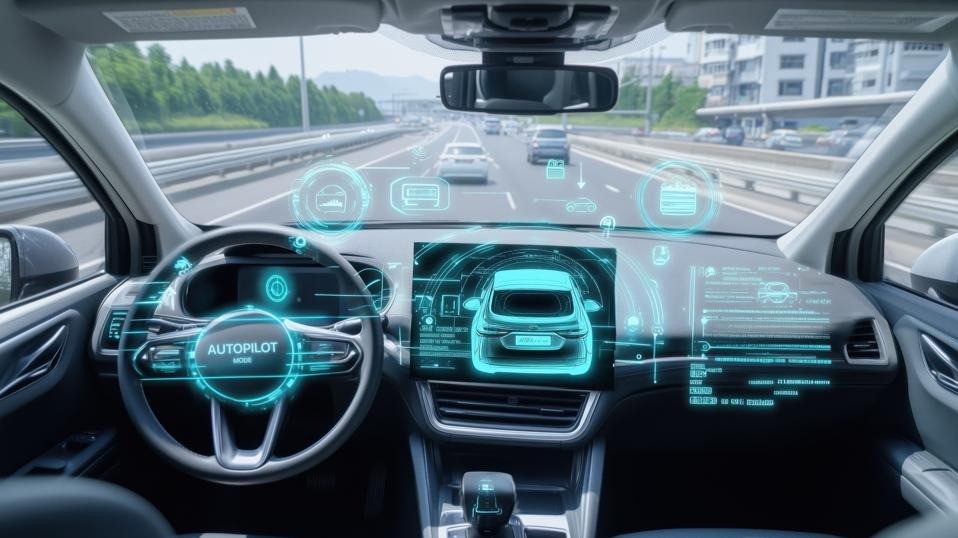OpenAI’s GPT-5 Is Coming: Here’s What We Know So Far
1 April 2025
If you’re not a regular user, it’s easy to underappreciate just how far ChatGPT has evolved since its release two (and a bit) years ago.
The original version was mind-blowing but very bare-boned compared to today’s iteration. And with the world’s most powerful companies continuing to pour billions into generative AI, who knows what it will be like in another two years?
As fun as it can be to speculate wildly, we recently got some hints about its future direction from Sam Altman, CEO of ChatGPT developer OpenAI.
Sam dropped some heavy hints about what we will see next. This will include the most powerful model yet of the large language model (LLM) “engine” that powers ChatGPT, known as GPT-5.
So, what can we expect as OpenAI pushes toward its goal of creating generalized AI? Let’s look at what we know so far about what could be the next stage in the evolution of AI.

Why Is GPT-5 Important?
The speed of ChatGPT’s evolution has been impressive. 2025-edition ChatGPT can browse the internet, see and understand the world around it, remember things, chat in a natural way, and carry out complex reasoning.
Competitors have emerged - Google’s Gemini, X/Twitter’s Grok, the open-source Claude, and, making headlines most recently, the ultra-efficient DeepSeek.
However, by most metrics, the current-generation GPT-4o is still ahead of the pack when it comes to sheer performance and power.
This means any news about GPT-5 is hugely exciting to anyone involved in AI.
That news has been scarce so far, but in his post, Altman did say that the release of GPT-5 will represent the unification of the “reasoning” capabilities of the o (Omni) series models (such as GPT-4o) and the GPT model’s language capacity.
This will allow it to “generally be useful for a very wide range of tasks.” Again, this hints that it's a step towards the future goal of AGI.
What Will GPT5 Do?
The biggest clue we have so far about the actual capabilities of GPT-5 is that it will “unify” the reasoning capability GPT-4 introduced with its Omni models, with the language capabilities of the LLMs.
Before we see it, there will be a final GPT-4 release, numbered GPT-4.5. This will be the “the last non chain-of-thought model”, indicating that reasoning/logic capabilities will be integral to and not an optional bolt-on, for future products.
For me, this is probably the most exciting aspect of GPT-5 at the moment. It’s what will make it far more than just a text generator, image interpreter or even question answerer. AI assistants with GPT-5’s implied capabilities should also be able to predict, plan, problem-solve and analyze with much greater precision.
It will think for longer, deeper and harder, meaning it will be useful in entirely new ways. These could include handling much more complex data analytics or simulating aspects of the natural world with increased accuracy.
Combining language prediction, memory, and reasoning like this could open the door to much more sophisticated agentic behavior.
It also means more responsible AI – after all, being able to explain their reasoning is something that non-Omni GPT models are quite poor at!
Another plus is that it could lead to significantly less “hallucination” – cases of generative AI chatbots simply making things up. Hopefully, the logic and reasoning algorithms will help it to think about whether its responses are actually logical or reasonable.
And one more advantage Altman hopes to gain through “unification” is improved user experience, commenting, “We hate the model picker too.”
With o/Omni and all of the optional bolt-on features of GPT4 consolidated invisibly into GPT5, everything will feel simplified and streamlined.
Put together, these advances could make OpenAI’s platforms – and, by extension, generative AI - a more attractive prospect for those who have so far held off adoption.
Professionals will feel more safe putting their trust in its capabilities, and day-to-day users will find it becoming increasingly helpful with everyday tasks. That’s OpenAI’s plan, at least!
What About The Competition?
We can’t ignore the fact that a whole host of rival services have sprung up since OpenAI unleashed ChatGPT.
Google’s Gemini, Anthropic’s Claude and Microsoft’s CoPilot are probably its main competitors. More recently, DeepSeek, a Chinese registered company, entered the market. News that its model was far less costly to create than was previously thought necessary for a powerful LLM caused shock and a mini-crash in US tech stock prices.
Then there’s Grok 3, created by Elon Musk, who has claimed that his latest model will be “the smartest AI on Earth.”
Some of those platforms are built on open-source software (although that term has sometimes been interpreted differently in AI circles), and Altman himself has seemingly conceded that this might put his company at an advantage.
But two years after its release, ChatGPT powered by GPT-4 still stands out as the most fully featured, efficient and downright useful chatbot and LLM available to consumers.
GPT-5 will have the task of continuing its legacy while paving the way for the next generation of AI tools. Anyone excited about where AI is taking us won’t want to miss this one.
Related Articles
10 Generative AI Trends In 2026 That Will Transform Work And Life
By now, “smart” versions exist of just about every home appliance, gadget and gizmos we can think of. However, manufacturers continue[...]
Dreamforce 2025 Proved The Agentic Enterprise Has Arrived
By now, “smart” versions exist of just about every home appliance, gadget and gizmos we can think of. However, manufacturers continue[...]
The 8 Biggest AI Agent Trends for 2026 That Everyone Must Be Ready For
By now, “smart” versions exist of just about every home appliance, gadget and gizmos we can think of. However, manufacturers continue[...]
7 Workplace Trends That Will Define 2026
By now, “smart” versions exist of just about every home appliance, gadget and gizmos we can think of. However, manufacturers continue[...]
Is Autonomous Driving Ever Going To Happen?
By now, “smart” versions exist of just about every home appliance, gadget and gizmos we can think of. However, manufacturers continue[...]
AI And The End Of Progress? Why Innovation May Be More Fragile Than We Think
By now, “smart” versions exist of just about every home appliance, gadget and gizmos we can think of. However, manufacturers continue[...]
Sign up to Stay in Touch!
Bernard Marr is a world-renowned futurist, influencer and thought leader in the fields of business and technology, with a passion for using technology for the good of humanity.
He is a best-selling author of over 20 books, writes a regular column for Forbes and advises and coaches many of the world’s best-known organisations.
He has a combined following of 4 million people across his social media channels and newsletters and was ranked by LinkedIn as one of the top 5 business influencers in the world.
Bernard’s latest book is ‘Generative AI in Practice’.










Social Media